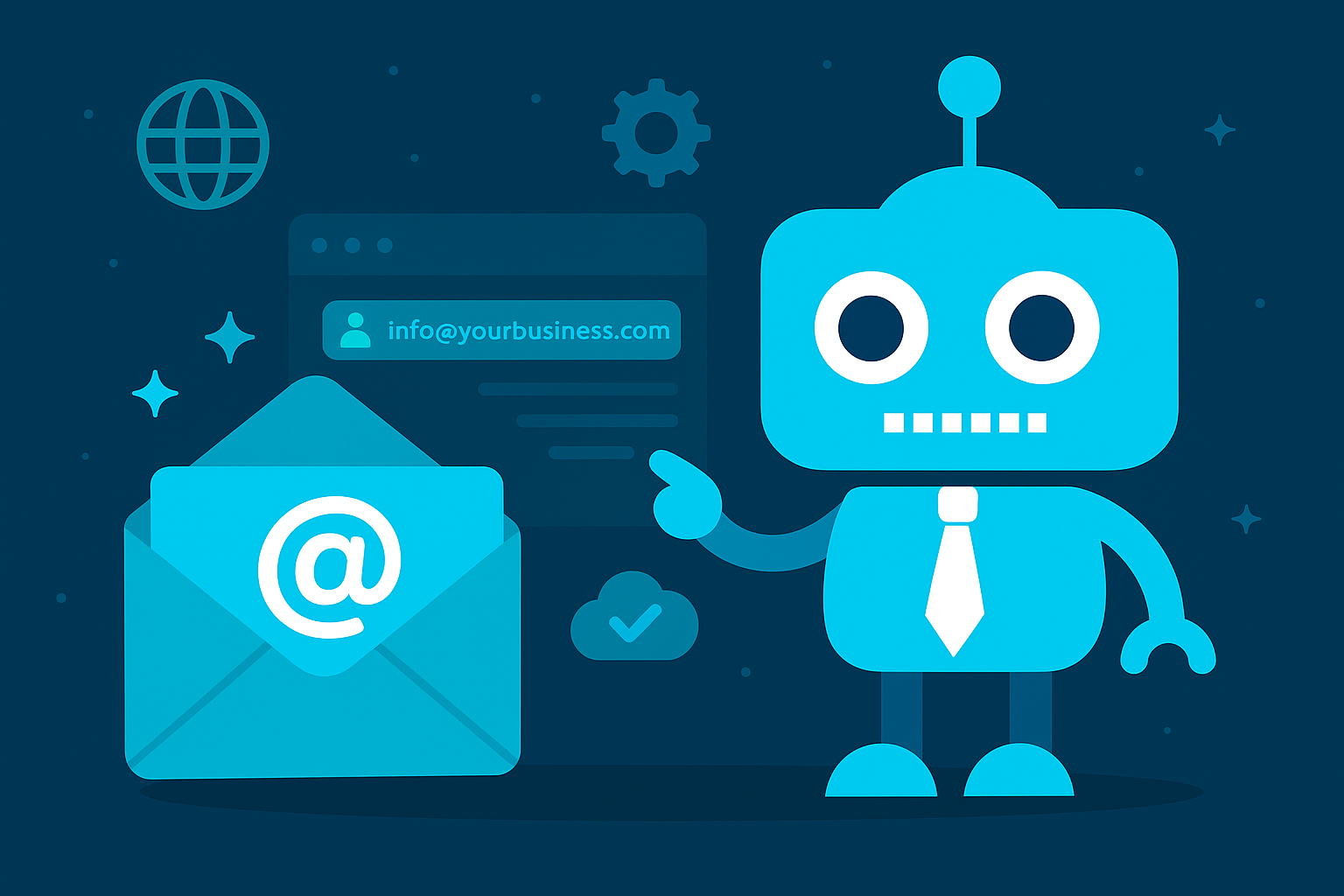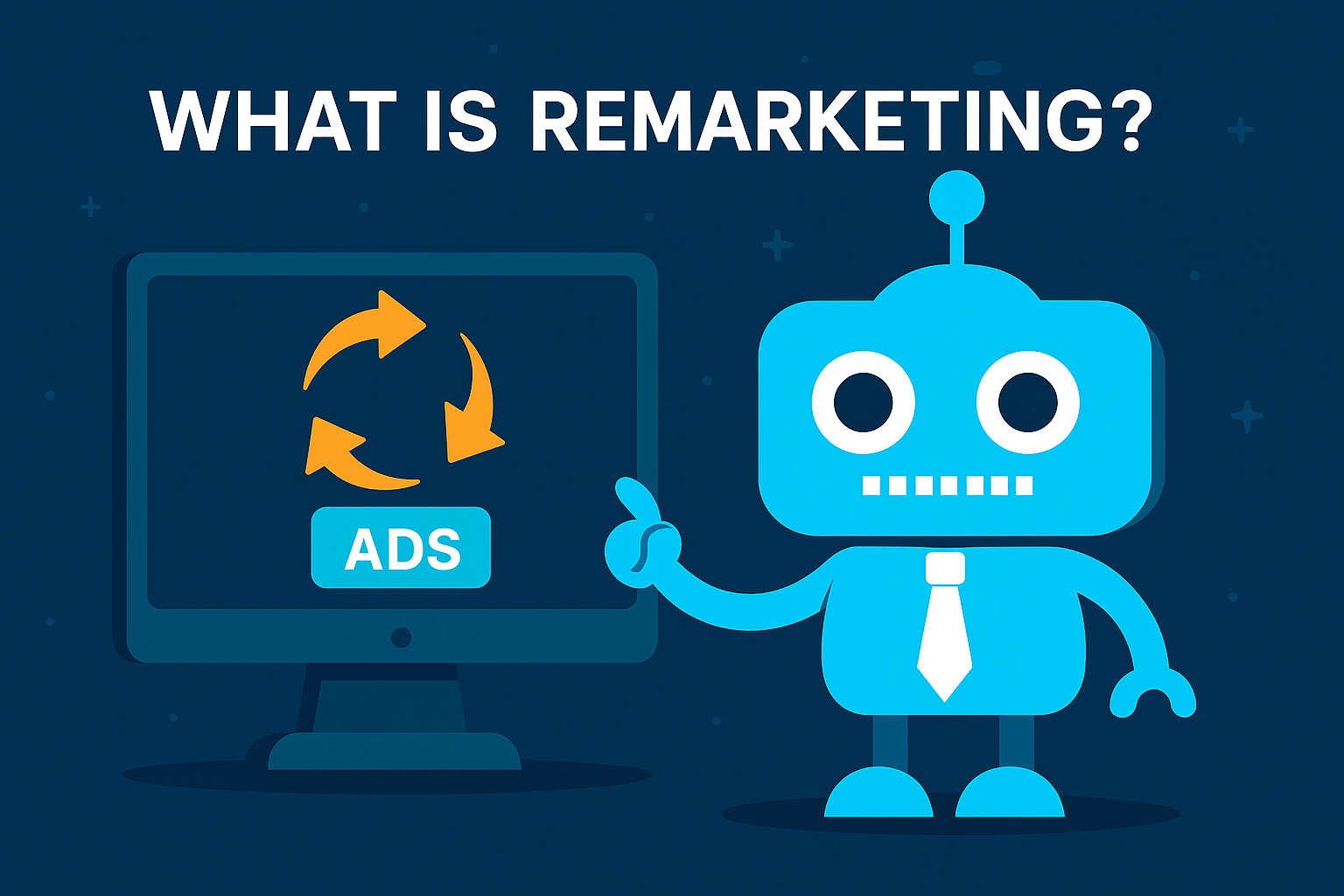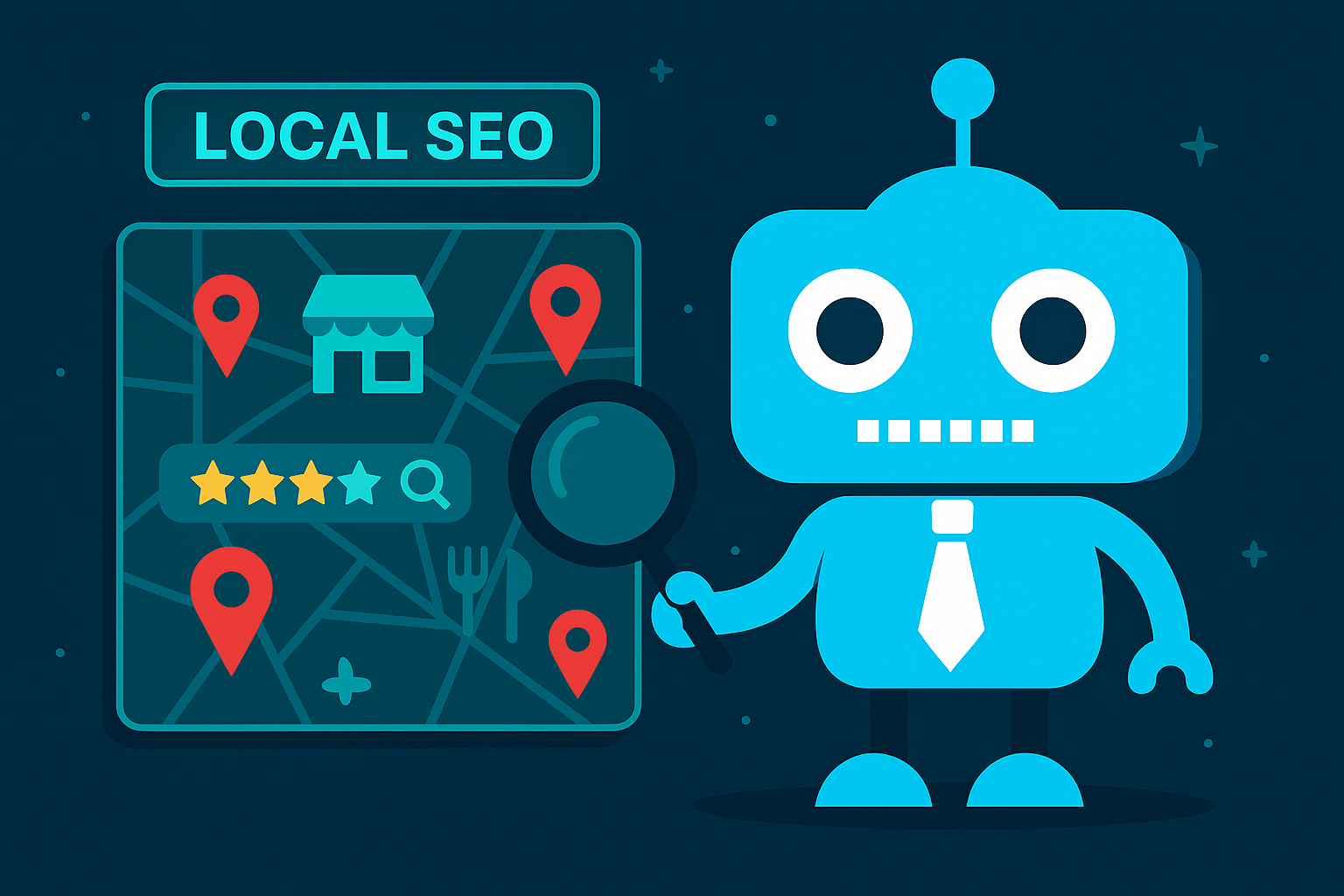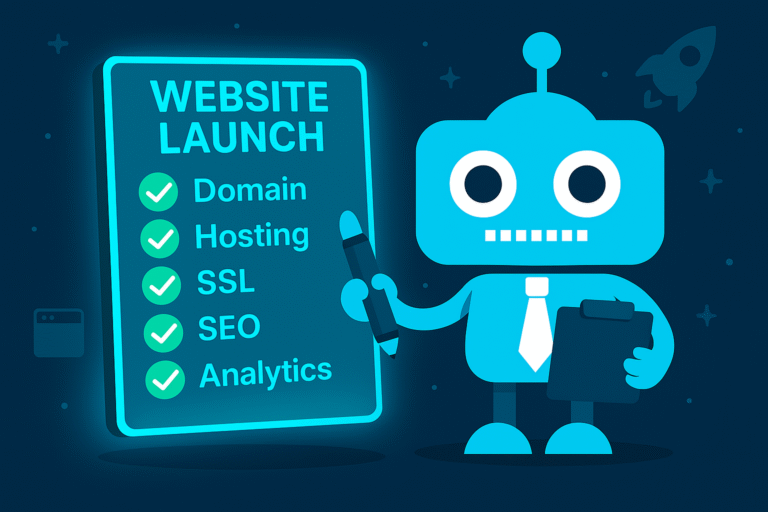Why Every Business Needs a Professional Email
Imagine contacting two companies: one replies from johns-plumbing@gmail.com, and the other from john@johnsplumbing.com. Which feels more trustworthy? Exactly. A professional email address instantly communicates credibility and professionalism—and it’s easier to set up than most small business owners think.
What Is a Professional Email?
A professional email uses your own domain name (like @yourbusiness.com) instead of a free provider such as Gmail or Yahoo. It aligns your communication with your brand, keeps messages secure, and adds legitimacy to every interaction.
Why Professional Email Matters
- Builds trust: Customers feel more confident engaging with a branded email address.
- Boosts brand recognition: Every email you send reinforces your business name.
- Improves deliverability: Business email servers are less likely to trigger spam filters.
- Keeps teams organized: Create addresses like sales@, support@, or billing@.
Popular Platforms: Google Workspace (G Suite) and Microsoft 365 (Outlook)
1. Google Workspace (G Suite)
Formerly known as G Suite, Google Workspace offers Gmail-based business email with your own domain name. It includes all your favorite Google tools—Docs, Drive, Calendar, and Meet—under one secure login. Each mailbox comes with built-in spam protection and 30 GB+ of cloud storage.
2. Microsoft 365 Outlook
Microsoft 365 (Outlook Email) gives you enterprise-grade email with the full Office suite—Word, Excel, Teams, and OneDrive. Outlook integrates seamlessly with Windows devices and offers excellent offline desktop access for teams already using Microsoft tools.
Free vs Professional Email — What’s the Difference?
| Feature | Free Email (Gmail, Yahoo) | Professional Email (G Suite, Outlook) |
|---|---|---|
| Domain Name | @gmail.com / @yahoo.com | @yourbusiness.com |
| Brand Trust | Looks personal | Looks professional |
| Storage & Tools | Limited | Full suite of business apps |
| Security & Encryption | Basic | Advanced (2FA, SPF, DKIM, TLS) |
| Collaboration | Minimal | Shared calendars + drive storage |
How to Create a Business Email Address
- Register your domain name. (Example: yourbusiness.com)
- Choose an email hosting platform. Google Workspace or Microsoft 365 are the most popular.
- Set up DNS records. Configure MX records to route mail through your email provider.
- Create your mailboxes. Add addresses for you and your team.
- Access your inbox. Log in through Gmail or Outlook apps with your custom domain.
Benefits of Using Professional Email with Your Website
Integrating your email with your website and CRM lets you track leads, automate follow-ups, and unify your branding across every touchpoint. Whether you’re sending newsletters, responding to inquiries, or launching SMS campaigns, your email identity becomes part of your marketing funnel.
How CreateTheSite.com Can Help
At CreateTheSite.com, we don’t just design your website —we build the entire infrastructure around it. Our hosting plans include SSL security, domain management, and professional email integration with G Suite or Outlook 365. We’ll handle the setup, DNS configuration, and user accounts so you can focus on running your business.
Want a simple, professional email that matches your brand? Let us handle it for you. Our team can get your email live in 24 hours with complete support and training.
Frequently Asked Questions
What is G Suite?
G Suite (now Google Workspace) is Google’s professional email and business tool platform that lets you use Gmail with your own domain name.
Do I need a website to create a business email?
Technically no —but it’s recommended. Having a matching domain and website creates a consistent brand identity and adds trust to your emails.
How much does a professional email cost?
Google Workspace starts around $6 per user per month; Microsoft 365 is similar. At CreateTheSite.com, we help bundle these with your website and hosting to save time and money.
Can I keep my emails if I switch providers?
Yes. You can export and import emails between providers or use migration tools when you upgrade your hosting plan.
Final Thoughts
First impressions matter — and your email address is often the first thing a customer sees. A professional email with G Suite or Outlook shows you’re established, organized, and ready to do business seriously. If you’re still using a free email address, now’s the time to upgrade.














